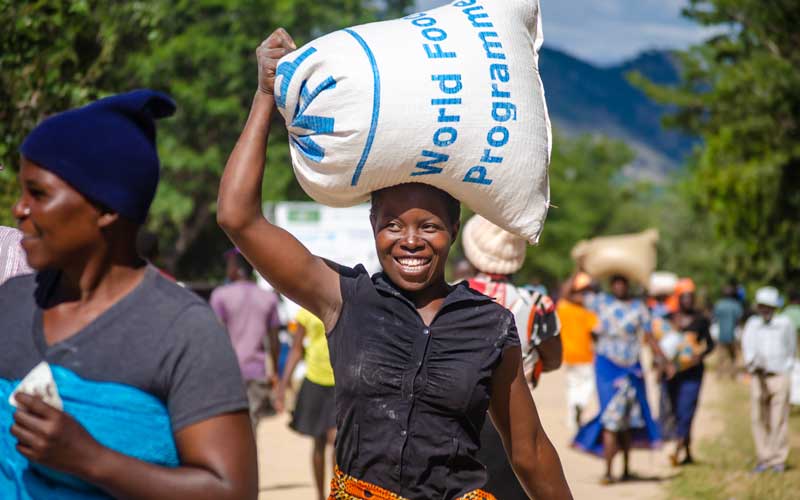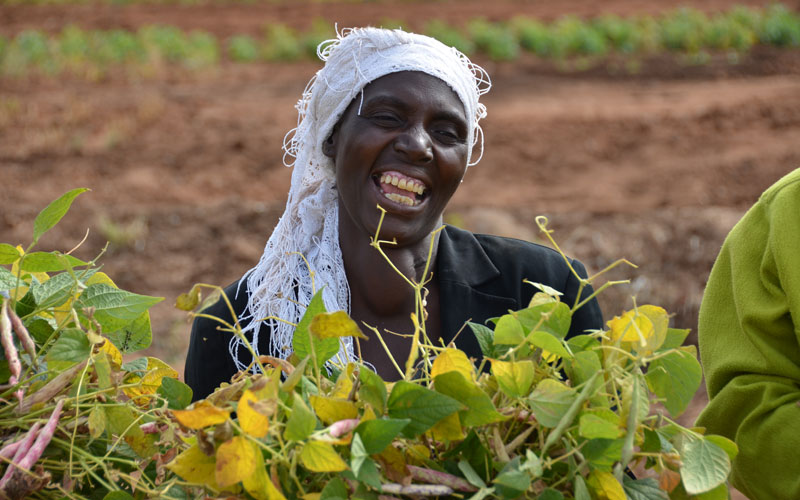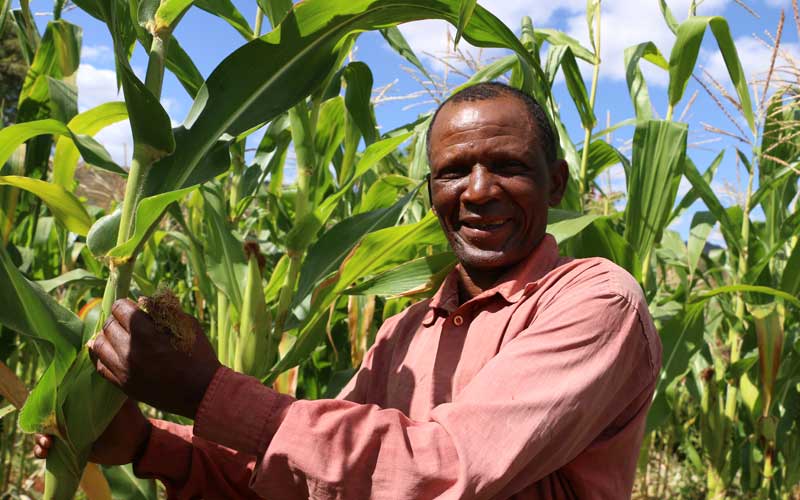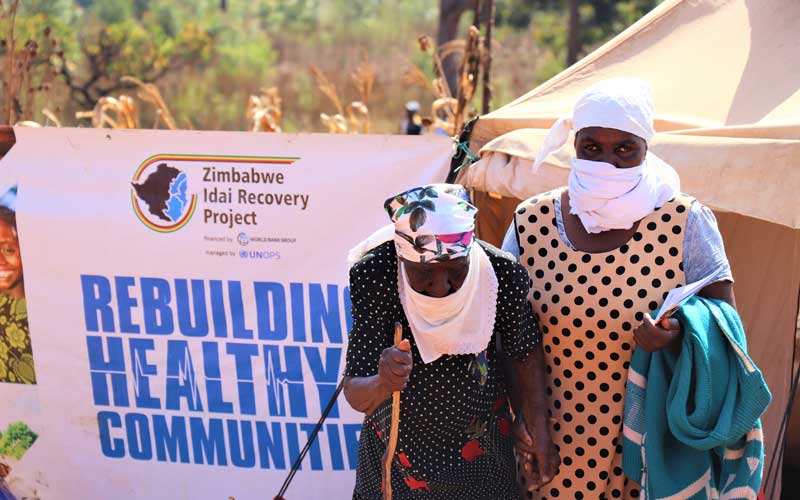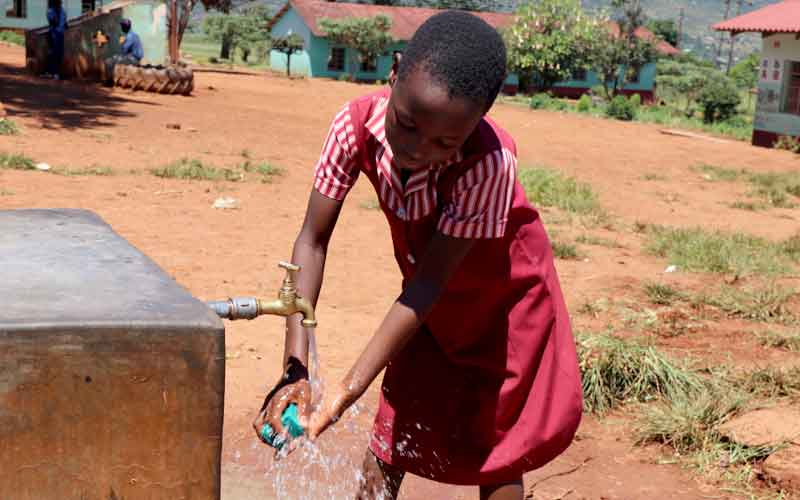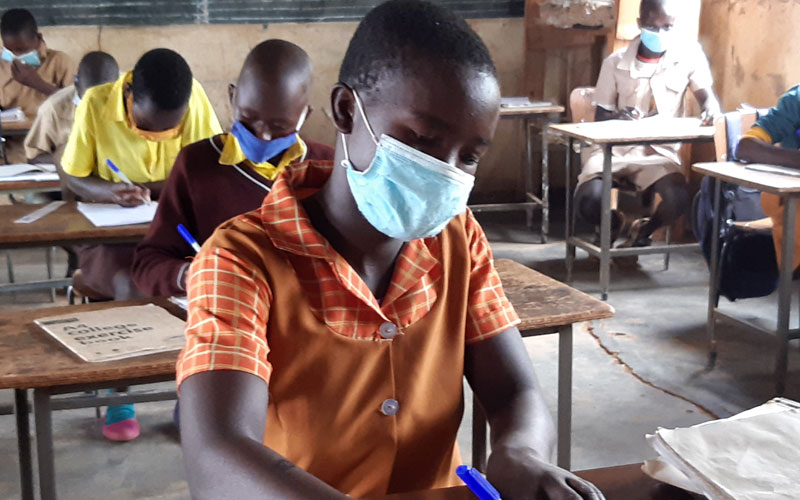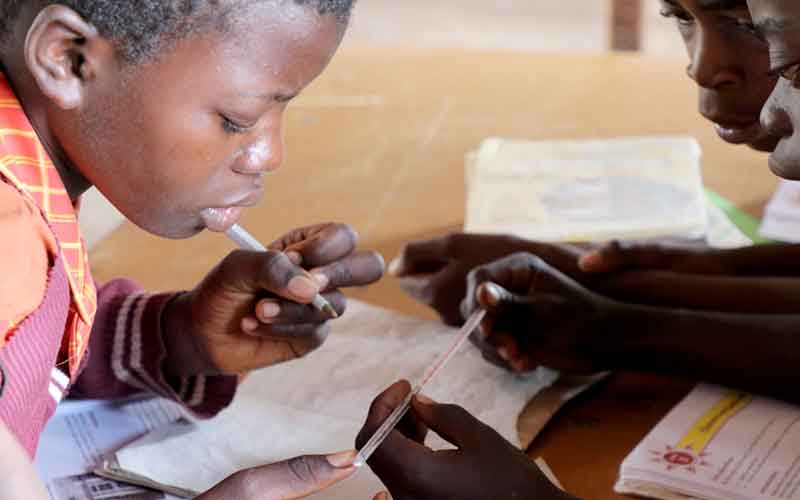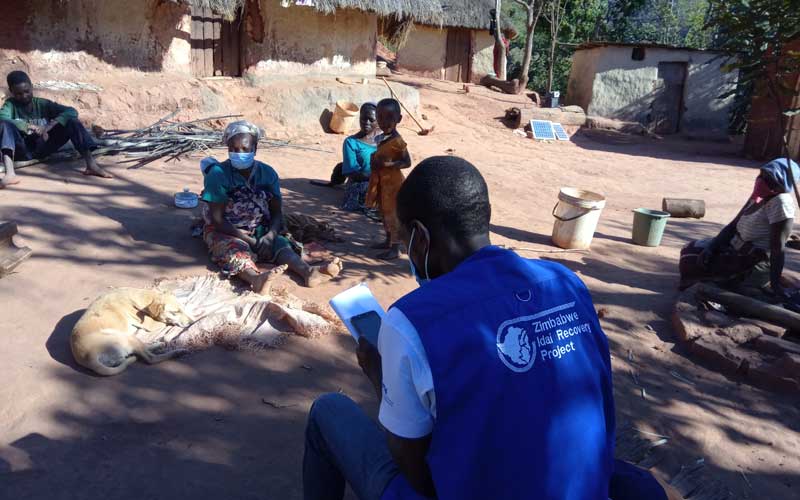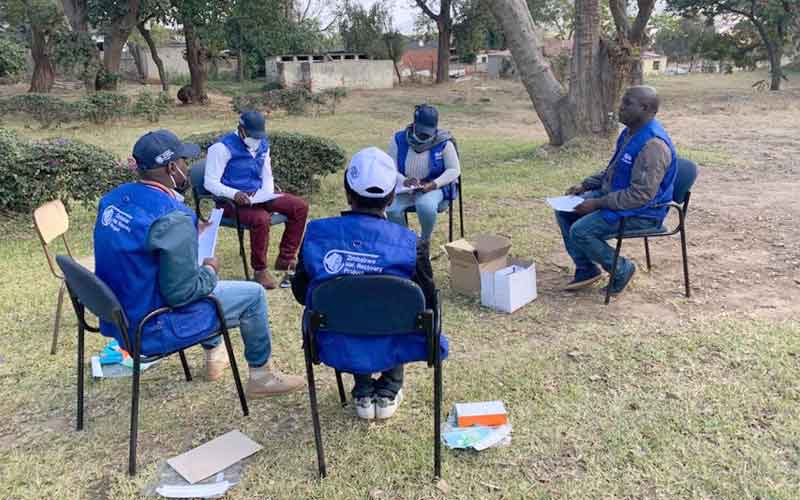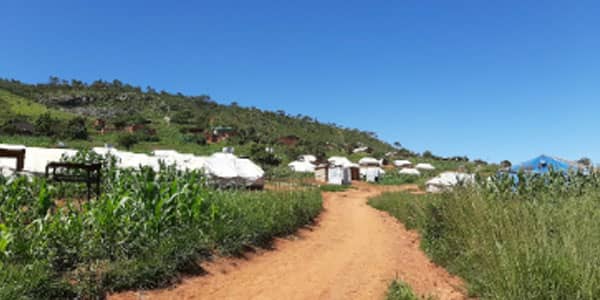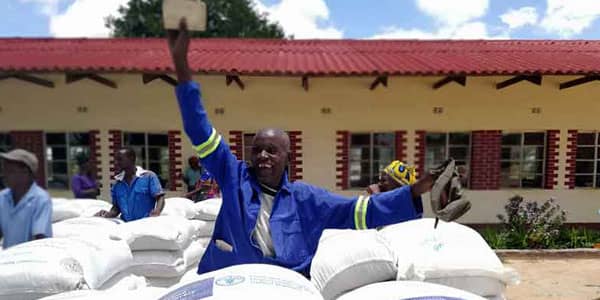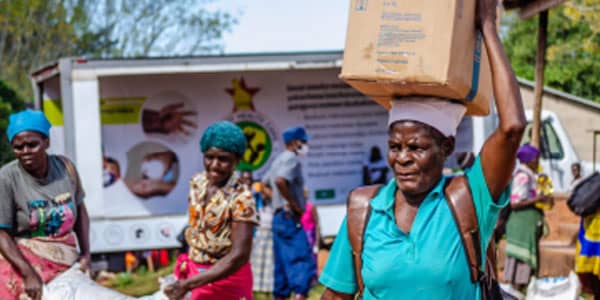Zimbabwe Idai Recovery Program (ZIRP) is designed to mitigate the impact of Cyclone Idai on the most affected communities and lay the foundations for regional recovery and longer-term resilience. The project focuses on immediate recovery, livelihood support, and restoration of community infrastructure and social services. The Project targets the majority of the estimated 270,000 people affected by Cyclone Idai based on vulnerability mapping of geographical areas and families as well as prioritization of investments through community participation.
contact@autoser.com
Monday to Saturday
What we do
What we do
Our work
The objective of ZIRP is to “address the early and medium-term resilient disaster recovery needs of people affected by Cyclone Idai in Zimbabwe.”
This objective will be achieved through a three-pronged strategy:
- A surge of high-impact, immediate interventions for enhancing the coping capacity of cyclone Idai affected communities, in tandem with humanitarian operations through our partners.
- Transition of activities toward medium-term recovery, such as the restoration of community productive capacities and rehabilitation of critical community infrastructure, across multiple sectors.
- Interventions to reduce community hazard risk vulnerability through community level structural and non-structural rehabilitation and/or development.
Food security and livelihoods has taken the hardest hit from Cyclone Idai. This component of ZIRP is implemented by FAO, UNOPS and WFP. FAO is responsible for restoring agricultural crop and livestock production as well as restoring communal irrigation schemes in support of agrarian livelihoods. Crop production support is through provision of agricultural inputs such as maize, sorghum, cowpea. Small farmer households are being supported with horticulture crops for community gardens, providing a nutritious source of food before the main harvest. Vulnerable households are also being supported to re-stock livestock (poultry, and small ruminants). Supplementary feeds for breeding stock are being provided including the veterinary services support to ensure good health of the livestock.
FAO is also working closely with WFP and UNOPS to support community-led restoration of damaged irrigation schemes such as the reconstruction of storm drains and waterways, the reclamation of gullies and desilting of weirs.
WFP is providing food assistance through unconditional and conditional (cash-for-work) cash transfers through provision of food assistance to vulnerable households in exchange for low-skilled manual labour for the rehabilitation of community assets.
During the aftermath of Cyclone Idai it was estimated that the health sector suffered around US$14.7 million in damages. A total of 294 health facilities were damaged, disrupting access to health services and increasing risk of disease outbreaks. The health component of ZIRP supports the provision of a basic package of health services and rehabilitation of health facilities. This component of the project is supported by WHO, UNICEF and UNOPS.
Through the training of Village Health Workers, hard to reach villages will now have access to healthcare services such as treatment of children for various conditions including acute malnutrition through infant and young child feeding support as well as providing women with family planning services.
WHO plays an instrumental role in providing coordinated health response through: hospital and medical services; communicable disease surveillance and response; immunization; logistics and health supplies; medical emergency supplies management; water/sanitation, psychological and mental health, reproductive health; and maternal and child health. Additionally, UNOPS will construct medical centres in the affected areas.
Water and sanitation facilities suffered extensive damage and destruction due to Cyclone Idai, with an estimated US$23.2 million in damages. A lack of WASH facilities increase the risk of WASH related diseases, particularly cholera.
UNICEF is leading community-led rehabilitation of communal water and sanitation systems including toilets/latrines, boreholes, small piped schemes fed by boreholes or springs ancillary infrastructure, and solid waste facilities which were damaged by Cyclone Idai. UNICEF interventions are targeting schools, clinics and households. Vulnerable households are being supported as well through the distribution of hygiene kits.
This element of the ZIRP project has become even more vital since the emergence of COVID-19. Since the emergence of COVID-19 the project has scaled up its Health and WASH intervention to respond to the need for proper hygiene practices. Read more about our COVID-19 work here.
More than 60,000 children were affected by the damages done to schools by Cyclone Idai, disrupting school attendance and enrollment. This education component is implemented by UNICEF through provision of technical assistance to ensure continuation of schooling for children most affected by Cyclone Idai in Zimbabwe.
UNICEF is responsible for procurement planning, financial and environmental and social standards compliance, monitoring, evaluation and reporting, due diligence and provision of teaching and learning materials. 133 schools (106 primary & 27 secondary) in the 8 cyclone-affected districts (Chipinge, Chimanimani, Mutare, Buhera, Mutasa, Gutu, Bikita and Chikomba) will receive essential teaching and learning resources. These include classroom tents, recreational kits and school bags.
Additionally, some of the most damaged schools in Chimanimani were assessed and selected for rehabilitation of damaged infrastructure. In collaboration with UNICEF, UNOPS is rehabilitating and re-equipping those damaged primary and secondary community schools.
To ensure a holistic approach to the resilience building of the affected communities, several agencies provide cross-cutting technical implementation support to the project.
An estimated 60,000 people were displaced in the aftermath of the cyclone. IOM is assisting in the identification and support of internally displaced people (IDPs) and their integration back into the community. This information is used by implementing agencies to target IDPs in their programming.
UNFPA provides technical support to build resilient systems to avert and respond to Gender-Based Violence (GBV), Sexual Exploitation and Assault (SEA) and child protection. GBV services were either compromised by cyclone damage or access to them was entirely cut off. Through community-based GBV surveillance and referrals, UNFPA is providing multi-sectoral GBV response services such as mobile one stop clinics where survivors of GBV can access psychological and legal support; and transportation to a safe house where necessary.
UNOPS is building back better through rehabilitation and construction of resilient and climate-proof community infrastructure including irrigation schemes, access roads, education and health facilities.
Through ZIRP, UNESCO is providing comprehensive resilience building in the Chimanimani and Chipinge Districts with an objective to reduce the vulnerability of the target communities to natural disasters, such as floods, droughts and landslides. This intervention also seeks to enhance water resource management as well as ecosystem services in response to the uncertainty of future climate change.
Our approach
Zimbabwe Idai Recovery Project (ZIRP) is a coordinated and harmonized multi-sector project which utilises an integrated and holistic strategy by combining interventions across sectors to mitigate the impact of Cyclone Idai in the affected districts of Zimbabwe. This ‘One Project, One Team’ approach facilitates active coordination and planning across organizations and components, Zimbabwe Idai Recovery Project (ZIRP) provides sustainable solutions by combining interventions across sectors to reduce vulnerability, catalyse recovery of productive assets, food production, and livelihood systems in the Cyclone Idai affected areas.
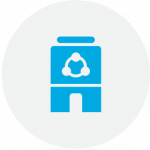
Build-back better/smarter – Resilience of communities against shocks and stresses, including natural hazards.

Sustainability and community-centric development – Incorporating local capacity building community-based planning.

Inclusion of marginalised groups – Diversity and inclusion, consideration for women, young people, people with disabilities and other marginalized groups.

Goal Zero – Operating safely and protecting people from injury and harm.

Environment – Considerations for climate change are made at every stage of the project.

Zero tolerance to fraud and corruption – Maintaining the highest standards of ethics and transparency.
Where we work
Zimbabwe Idai Recovery Project (ZIRP) operates in 9 districts directly affected by Cyclone Idai, identified as:
Chimanimani, Chipinge, Buhera, Mutare urban, Mutare rural, Bikita, Gutu, Mutasa, Chikomba and locations with Internally Displaced Populations (IDPs) and Refugees
Case Studies

